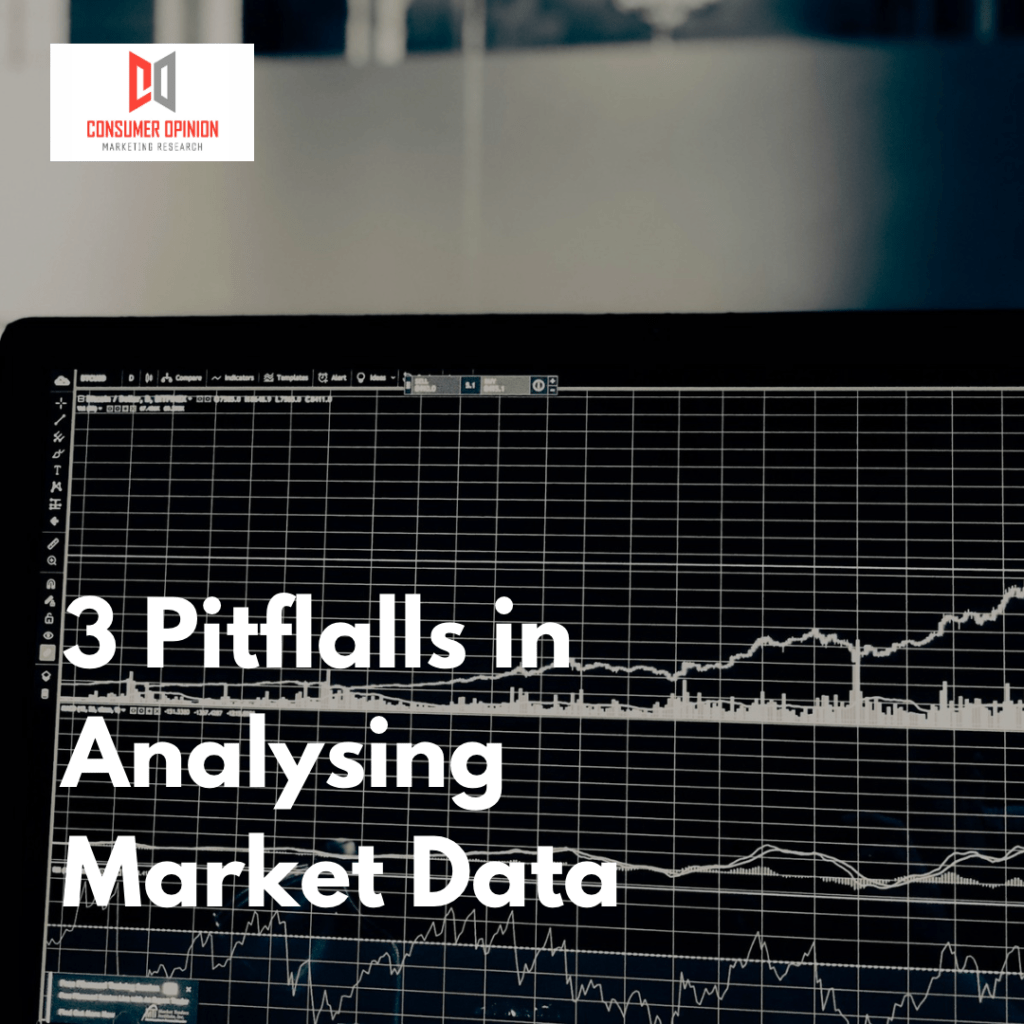
Analyzing market data is a crucial part of making informed business decisions, predicting trends, and identifying opportunities. However, the process is often more complex than it appears. Data can be overwhelming, patterns can be misleading, and insights can be easily skewed by cognitive and analytical biases. By understanding the most common pitfalls in market data analysis, we can avoid these traps and make more accurate, well-informed decisions.
Here are three common pitfalls to be aware of when analyzing market data and strategies to avoid them:
1. Overfitting the Data: The Trap of Overcomplicating Models
Overfitting occurs when a statistical model is so finely tuned to a specific dataset that it loses its generalizability. Essentially, the model performs exceptionally well on the historical data it was trained on, but it struggles to make accurate predictions on new, unseen data.
Why it Happens:
Analysts often assume that adding more variables or increasing the complexity of a model will lead to better predictions. While this might improve the model’s accuracy in the short term (for the specific dataset), it can create noise instead of useful patterns. The model becomes too dependent on specific historical data and fails to account for the inherent variability in future market conditions.
How to Avoid It:
- Simplify the Model: Start with the simplest model possible and only add complexity when it’s absolutely necessary. A good rule of thumb is to adhere to the principle of parsimony—choose the simplest model that sufficiently explains the data.
- Use Cross-Validation: Split your data into training and validation sets to test how well your model performs on unseen data. Cross-validation helps ensure that your model is not just memorizing the dataset but learning patterns that are generalizable.
2. Ignoring External Factors: The Danger of Tunnel Vision
Market data often comes from a well-defined dataset, such as historical sales figures, consumer purchasing trends, or stock price movements. However, these datasets don’t exist in a vacuum. Markets are influenced by a wide array of external factors, including economic shifts, regulatory changes, geopolitical events, and consumer sentiment. Ignoring these factors can lead to incomplete or inaccurate analysis.
Why it Happens:
Analysts can become too focused on the internal logic of their datasets, assuming that the numbers alone tell the full story. This approach ignores the complexity of real-world market dynamics, where external factors often have an outsized impact on trends and outcomes.
How to Avoid It:
- Incorporate Macroeconomic Data: In addition to internal metrics, consider external economic indicators such as interest rates, inflation, and employment figures. These variables can provide important context and help explain fluctuations in market data.
- Stay Current on Global Events: Political events, regulatory changes, and shifts in consumer behavior can all impact market trends. Keeping up with relevant news and incorporating this information into your analysis can lead to more robust insights.
3. Confirmation Bias: The Risk of Seeing What You Want to See
Confirmation bias occurs when analysts unconsciously seek out data that confirms their existing beliefs or hypotheses. This bias can lead to selective data interpretation, where evidence that supports the desired conclusion is given more weight, while contradictory evidence is downplayed or ignored.
Why it Happens:
We’re all susceptible to cognitive biases, and confirmation bias is particularly powerful in data analysis. When an analyst or decision-maker has a vested interest in a particular outcome, there’s a natural tendency to favor information that supports that outcome. This can lead to overconfidence in the results and poor decision-making based on incomplete analysis.
How to Avoid It:
- Challenge Your Assumptions: Actively look for data that contradicts your initial hypothesis. By considering alternative explanations, you can reduce the risk of confirmation bias and arrive at more balanced conclusions.
- Bring in Fresh Perspectives: Having a second pair of eyes on your analysis can help identify any blind spots. Collaborating with colleagues or using peer review processes can help you remain objective and avoid the trap of confirmation bias.
Conclusion: Balancing Data with Insight
Market data analysis is both an art and a science. While the numbers provide a foundation, they must be interpreted with care and context. Overfitting, ignoring external factors, and falling prey to confirmation bias are three of the most common pitfalls that can derail an analysis. However, by remaining vigilant and adopting a balanced approach—one that combines rigorous data analysis with critical thinking—you can avoid these traps and make better, more informed decisions.
In today’s data-driven world, success often depends on the ability to analyze information accurately and act on insights effectively. By sidestepping these pitfalls, you can elevate your data analysis and drive smarter, more strategic outcomes for your business


